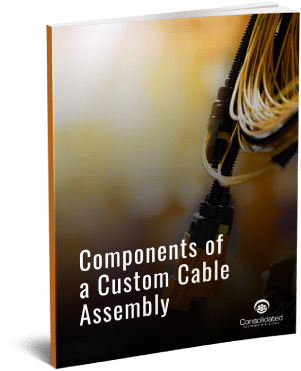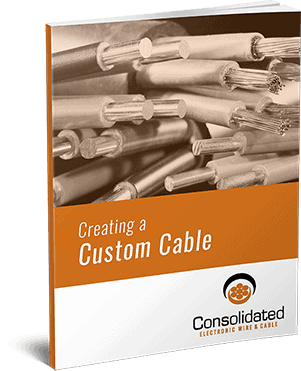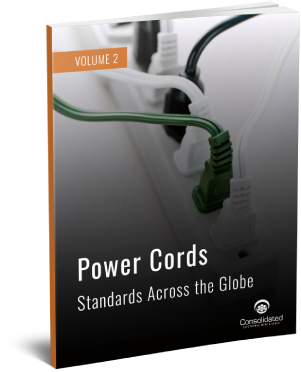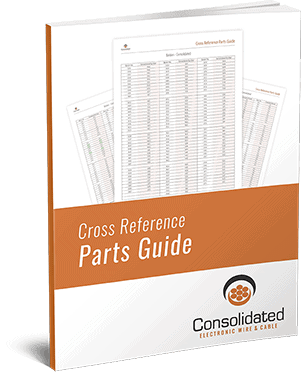Found in everyday systems and processes, flexible multi-conductor cable is a safe, lightweight way to conduct electricity. Quite simply, these cables contain two or more conductors, and these conductors each have one or more wires.
By requiring the conductors to be encased in a jacket and insulation material, the design reduces current leakage from the conductor. Just like the number of applications this cable is used for, the types of jacket and conductor materials and sizes differ per usage.
Conductors in Flexible Multi Conductor Cable
Starting at the core of these kinds of cables, they typically house a copper conductor. This is due to copper’s high thermal conductivity and outstanding corrosion resistance, all in one material. In addition, it’s also relatively lightweight while still maintaining good strength. An alternative, and next common material seen used in conductor cable is aluminum, and it is not as dense as copper. Other conductors used may be steel wrapped in an aluminum or copper shell.
Jacket and Insulation Material in Flexible Multi Conductor Cable
Jacket and insulation material truly depend on the conductor and the application the cable will be used for. The main types used include EPDM (Ethylene Propylene Diene Elastomer), Silicon rubber, thermoplastic, neoprene and mica tape. EPDM works well under a wide temperature range and provides great flexibility.
For applications involving oil, flames and chemicals, neoprene offers ideal protection. Specific to insulation material, mica tape is highly resistant to temperature. Silicon rubber is super flexible but won’t be as resistant to fluids, or be as tough as other options.
Finally, thermoplastic serves as an excellent insulator and comes in a few varieties, such as polyethylene, PVC and Teflon®. Each thermoplastic is similar in superior flexibility and moisture and chemical resistance, but with small variations of benefits.
Electromagnetic Shielding for Flexible Multi Conductor Cable
In some applications, multi conductor cables may require electromagnetic shielding to wrap the cable. This lies underneath the jacket and protects a transmitted signal from electrical noise, as well as reduces electromagnetic radiation emission from the cable. Usually found as metal or foil braiding or metal tape, shielding might also include grounding, or drain, wire to provide a conducting path to the Earth.
Flexible Multi Conductor Cable Regulations
Quality flexible multi-conductor cable will conform to important regulations. When purchasing, look that the cables are compliant to regulations related to the application, such as RoHS, UL, and CSA.
This will help ensure the cable used is safe. For reference, RoHS, or Restriction of Hazardous Substances, restricts electrical and electronic related hazardous materials. UL regulates consumer and business goods via manufacturers and retailers to ensure safety overall. CSA, or Compliance, Safety, Accountability, works to improve large truck and bus safety.
Learn More With Consolidated Electronic Wire & Cable
All of this information on materials and quality is helpful once the application is known. With so many electrical applications being used every day, each variation of these cables works best for a different scenario.
For example, find flexible multi-conductor cable in locations like remote control circuits, public address systems, actuator controls, data transmission, sound and audio systems, and more.
Each of these has different requirements for the cable, electricity conducted and environment they will live in. Since they are flexible in nature and safely insulated, these conductor cables provide the perfect electrical carrier for these applications and many more.
If you’re looking for a specific kind of multi-conductor cable, please contact us today!

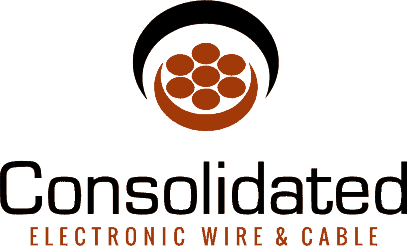


 () Quote Cart
() Quote Cart